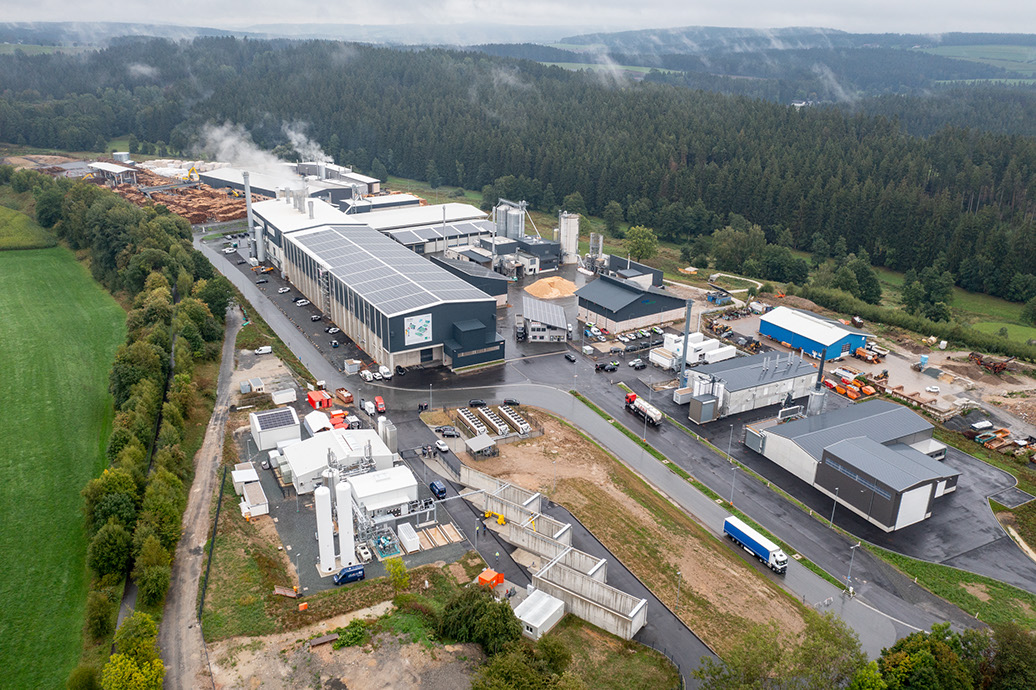With the arrival of the new year, chances are you’re uncorking a bottle or two of champagne to kickstart the celebrations with flair!
As you pop open that bottle of fizz, what you might not realize is that you’re handling a supersonic mechanism reminiscent of a powerful aircraft.
Champagne bottles are sturdier than regular wine bottles to handle the high pressure from CO2 bubbles during fermentation. The cork, sealed with a wire cage (‘muselet’), pops out forcefully when opened due to the release of compressed gas, though the exact physics are not fully understood.
The scientists at the Vienna University of Technology (TU Wien) have unveiled the captivating physics behind the act of uncorking a bottle of champagne through intricate computer simulations. Their analysis yields astonishing results!
Beyond the Cork: Supersonic Science in a Celebration
As the gas escapes the champagne bottle, a supersonic shock wave forms, reaching speeds over 1.5 times the speed of sound. While the cork explodes from the bottleneck at a modest speed of about 20 meters per second, the gas flow accelerates significantly and surpasses 400 meters per second.
This swift flow not only overtakes the cork but also breaks the sound barrier since it travels faster than the speed of sound (343 meters per second).
So next time you celebrate with champagne, remember, you’re not just popping a cork, you’re firing a mini sonic missile!
Sudden Temperature Plunge!
A surprising facet of this occurrence is the significant temperature drop. Scientists observed that the expanding gas within the champagne bottle can chill to as low as -130°C, occasionally crystallizing into small dry ice crystals from the CO2 in the sparkling wine. These crystals can scatter light in diverse manners, leading to the formation of differently colored smoke. You can even gauge the temperature of the sparkling wine by merely observing the color of the smoke.
TU Wien’s research on champagne dynamics paves the way for technological and scientific progress in various fields.







